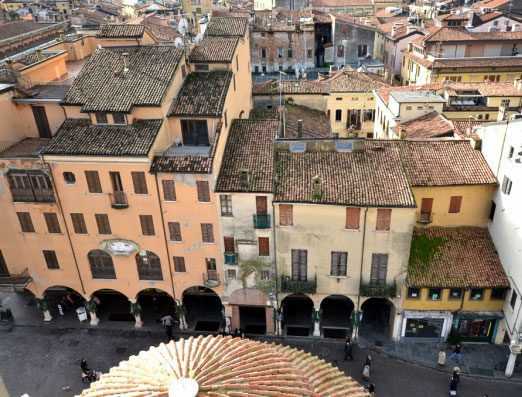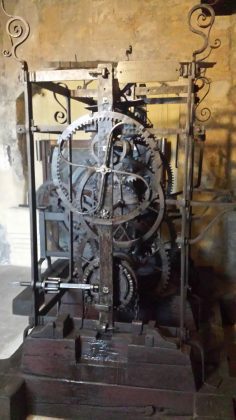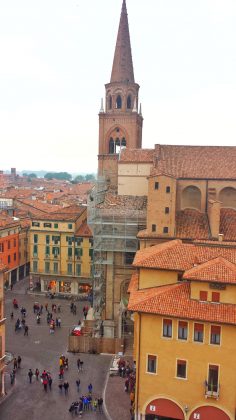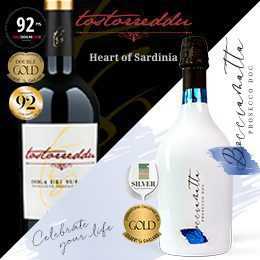The graceful Renaissance town of Mantua (Mantova) is situated just an hour and a half drive from Milan on the shores of three artificial lakes fed by the river Mincio. The city once was one of the greatest Renaissance Courts in Europe and it offers unique buildings built mostly by the wealthy Italian family Gonzaga. In 2006 its old town was declared a world Heritage Site by UNESCO.
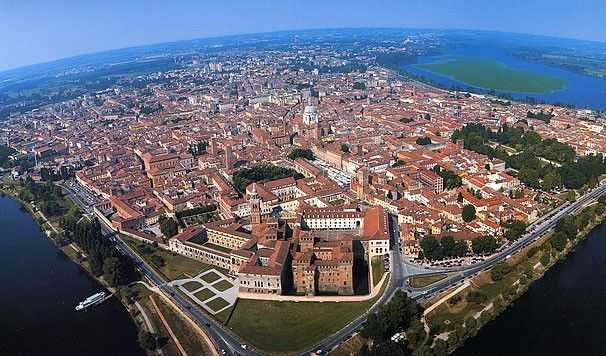
The center of Mantua is quite small so a day’s stay will be enough to see all the surroundings by foot and visit the most important sights of the city.
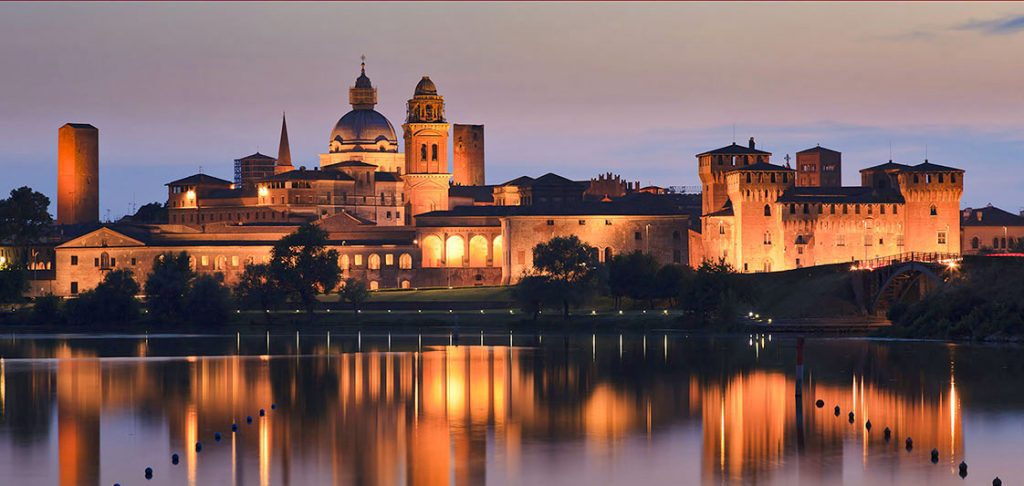 Mantua has been awarded with the title of Italian Capital of Culture for the year 2016. This city has an incredible heritage, the Gonzaga court was sorrounded by art and architecture geniuses such as Leon Battista Alberti, Andrea Mantegna, Giulio Romano and literary and musical authors such as Torquato Tasso and Claudio Monteverdi.
Mantua has been awarded with the title of Italian Capital of Culture for the year 2016. This city has an incredible heritage, the Gonzaga court was sorrounded by art and architecture geniuses such as Leon Battista Alberti, Andrea Mantegna, Giulio Romano and literary and musical authors such as Torquato Tasso and Claudio Monteverdi.
What to see in Mantua:
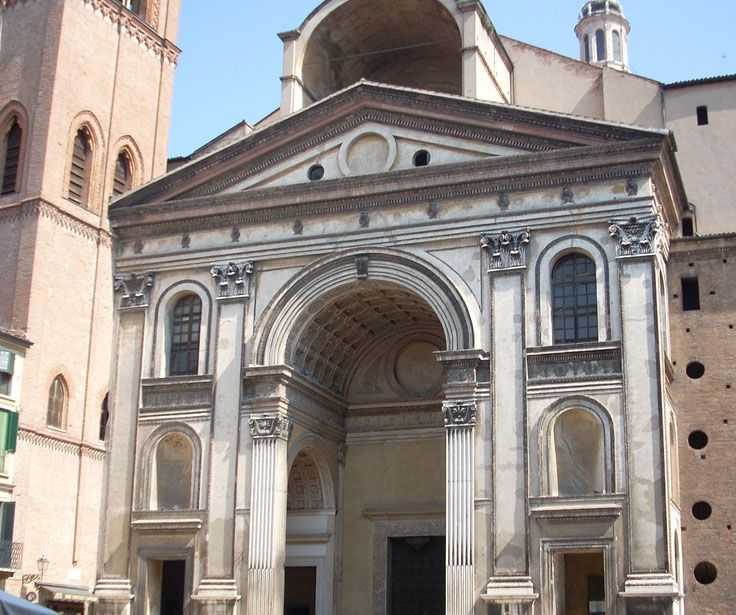
I would start the journey from the Basilica di Sant’Andrea built in the honor of the Apostle Andrew the First-Called. The temple is very rich and solemn, built in the form of a Latin cross and the main facade has the shape of a Roman triumphal arch. One of the greatest artists of the 15th Century, Andrea Mantegna, is buried here and the frescoes in the main chapel of the temple were created by the outstanding mannerist Giulio Romano.
The underground crypt preserves a sacred relic – a cup with the blood of Christ, which The Roman soldier Longinus, piercing the side of the crucified Jesus Christ with a spear, collected it from a bloody canvas. Each wall of the church contains works of art by famous Italian Renaissance artists and a huge dome decorated with frescoes.
Next to the Basilica of Saint Andrea on Piazza Erbe you will see the Church of St. Lorenzo (La rotonda di San Lorenzo). This is the oldest church of the city, strangely round in shape and positioned 150 cm lower than the level of the square. It was built in the XI century and conserves remaining traces of Byzantine frescoes.
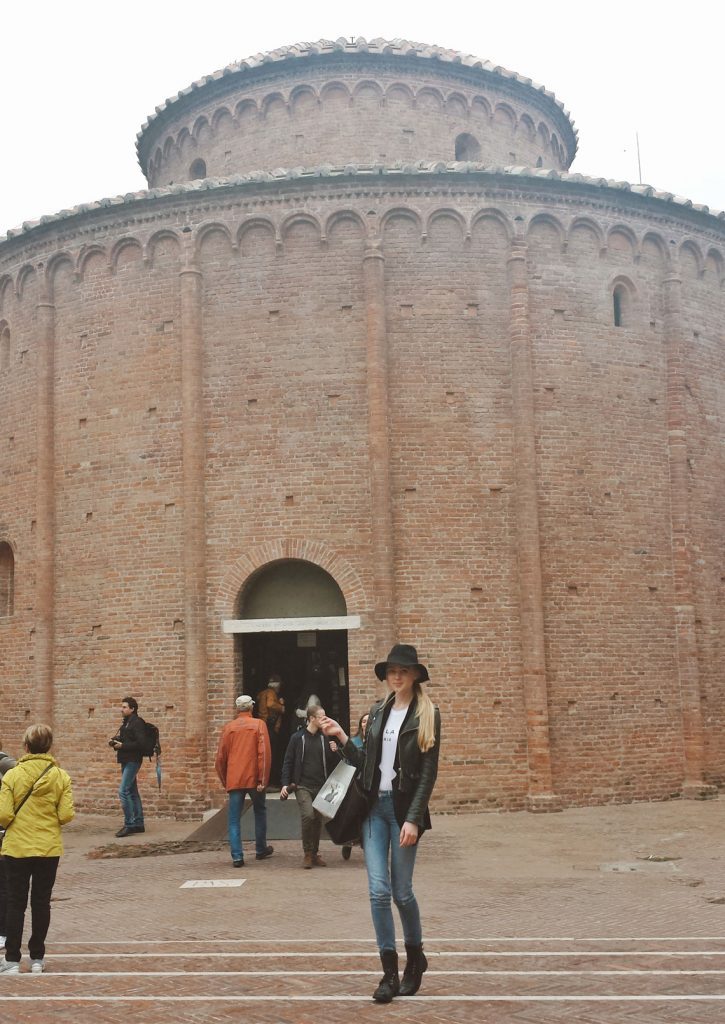
To the left of the church stands the Clock Tower (La Torre dell’Orologio) built in 1472-1473 by the architect Luca Fancelli by the order of Ludovico III Gonzaga. The clock shows the lunar phases together with the position of the sun according to the zodiacal constellation.
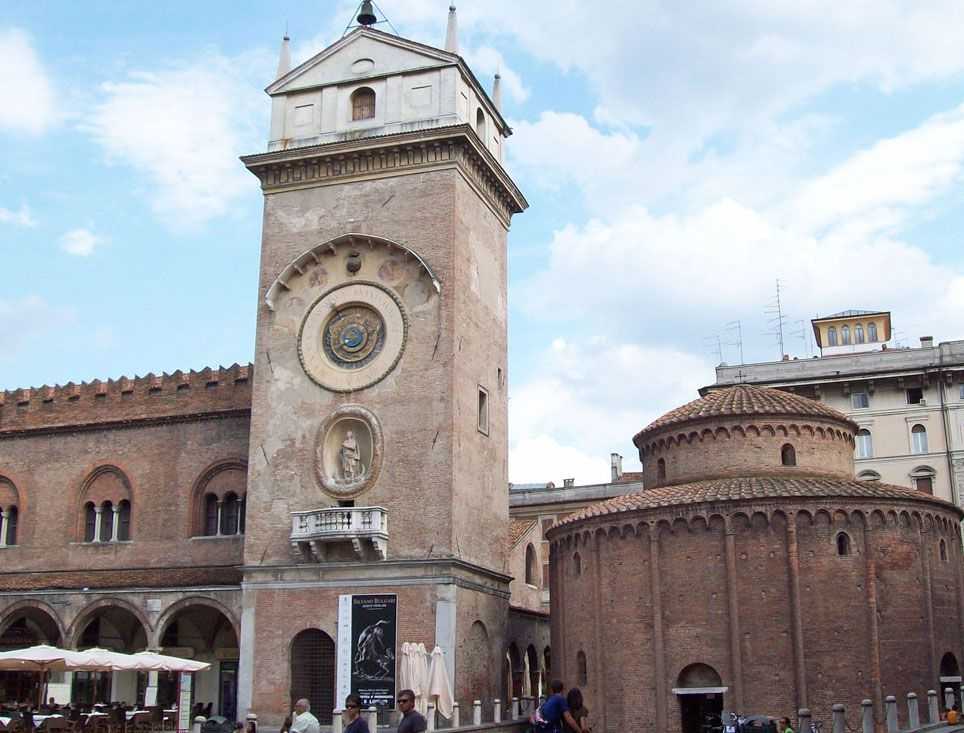
Going up inside the tower you will be able to see the original clock mechanism: it is still working! On the top of the Tower you can enjoy a magnificent 360-degree view of Mantua.
Following straight ahead, leaving the Clock Tower and the round church on the right side, you will reach Piazza Sordello dedicated to the famous poet from Mantua — Sordello da Goito.
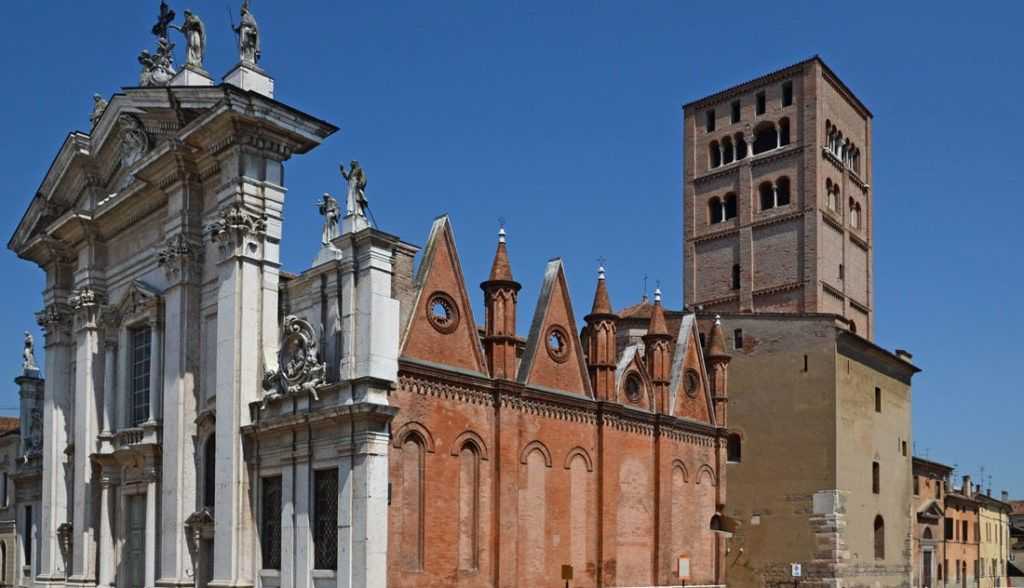
The large square houses the Duomo of Mantua and the complex of Palazzo Ducale with its 500 rooms and San Giorgio Castle, the latter hosts a masterpiece that alone is worth a trip to Mantua: La Camera degli Sposi (the bridal chamber)
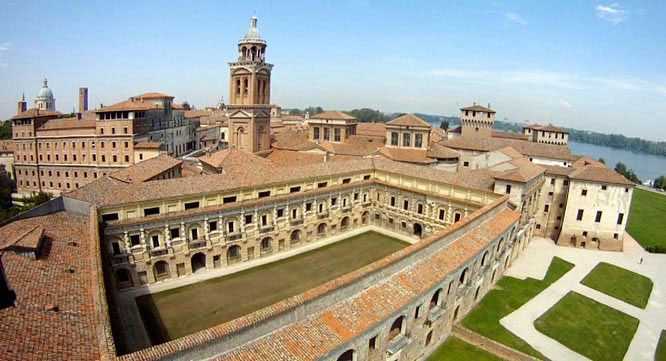
Frescoed by Andrea Mantegna between 1465 and 1474, La Camera degli Sposi is one of the undisputed masterpieces of the Renaissance and it has nothing to do with a bedroom, as the name might suggest, but the reception room of Ludovico Gonzaga, who commissioned it to celebrate the prestige of his family.
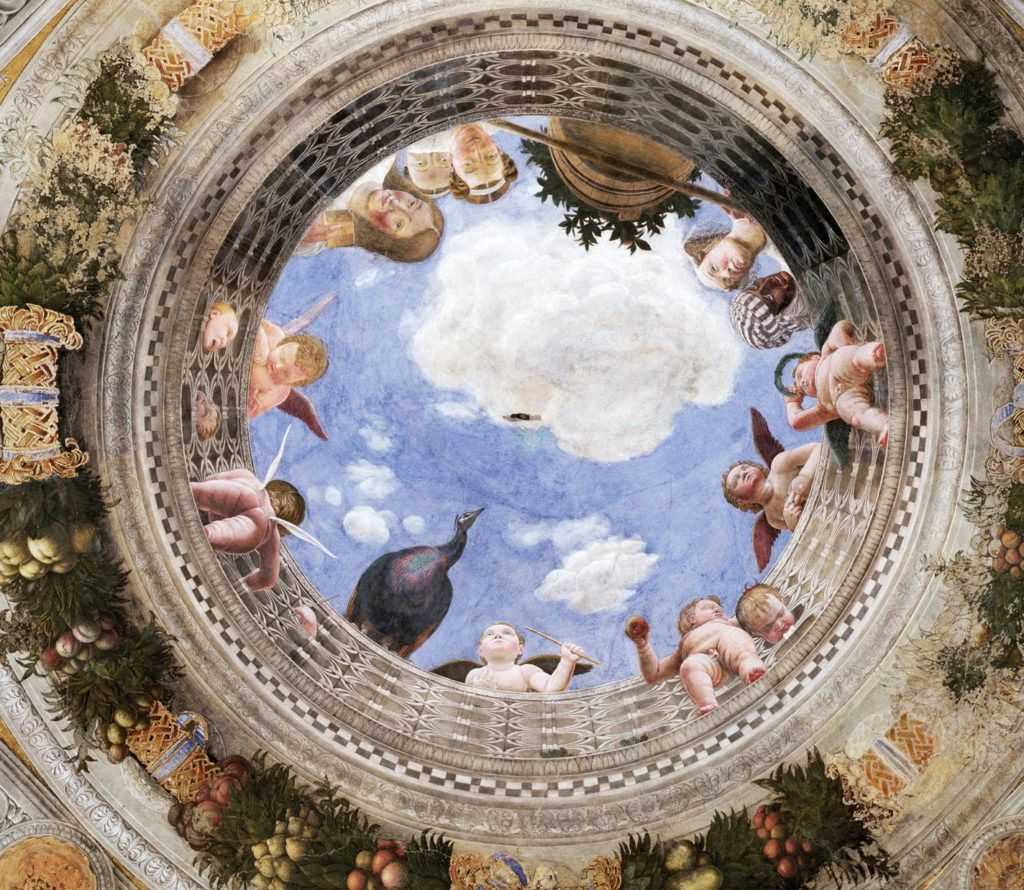
The effect of Mantegna’s illusionistic painting makes each fictive element of the illusion seem real to the viewer. The room, not particularly large in size, is painted on the sides but also on the ceiling. Mantegna gave his best by creating the oculus from which naked angels look out and some show the bottom. An extremely successful optical illusion that makes each fictive element real to the viewer.

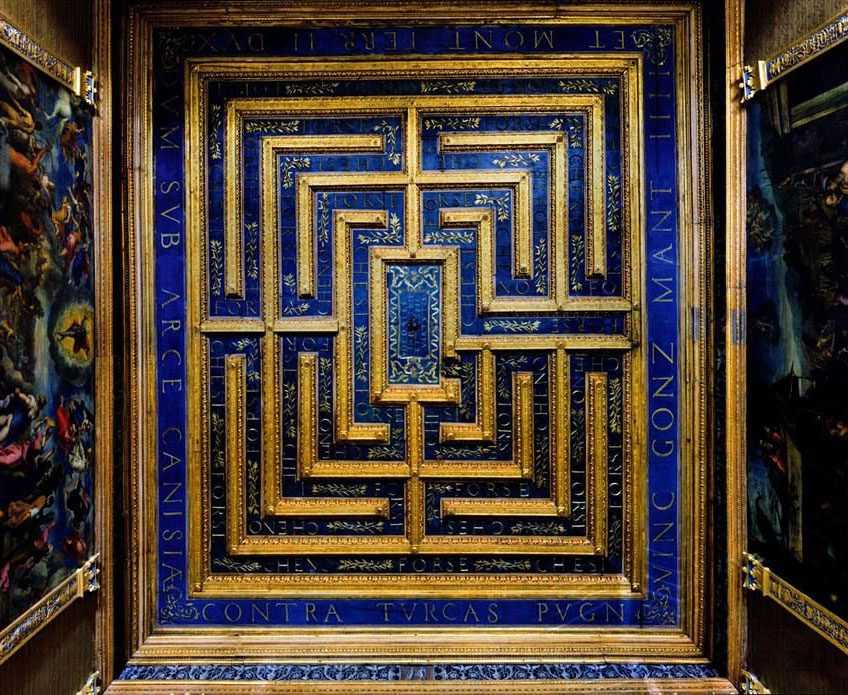
Another perhaps less known jewel of the Palazzo Ducale is the Sala del Labirinto. Here the coffered ceiling is decorated with a golden labyrinth on a blue background. The words “Maybe yes maybe no” alludes to the uncertainty of life, to situations in which it is difficult to find a way out.
Official website to purchase the tickets
Te Palace
Just outside the ancient centre of Mantua, 25 minutes walking from Palazzo Ducale, there is Palazzo Te. The name “Te” probably derives from the name of the island “Teieto”, close to the larger one where Mantua was built (and not from the the drink). Built in 1500 by Francesco Gonzaga for the enjoyment of his family, it was the project of Giulio Romano, pupil of Raphael, that made it the marvel of today.
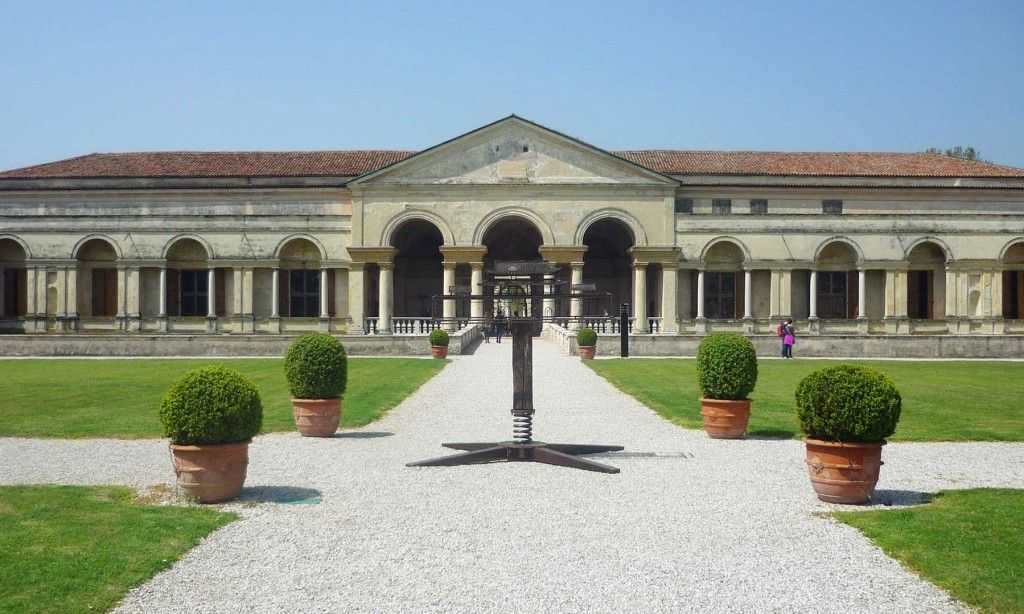
The palace is a pathway of more than 20 rooms now devoid of any furniture but elegantly decorated, each one with its own theme. One more beautiful than the other I assure you! The most famous ones are the Chamber of Cupid and Psyche and The Hall of Giants where the Roman frescoes cover all the walls and the ceiling, without leaving a centimeter free, narrating the story of the fall of the Giants (in particular, the moment in which the Gods take revenge on the Giants who had tried to assault Olympus).
Official website
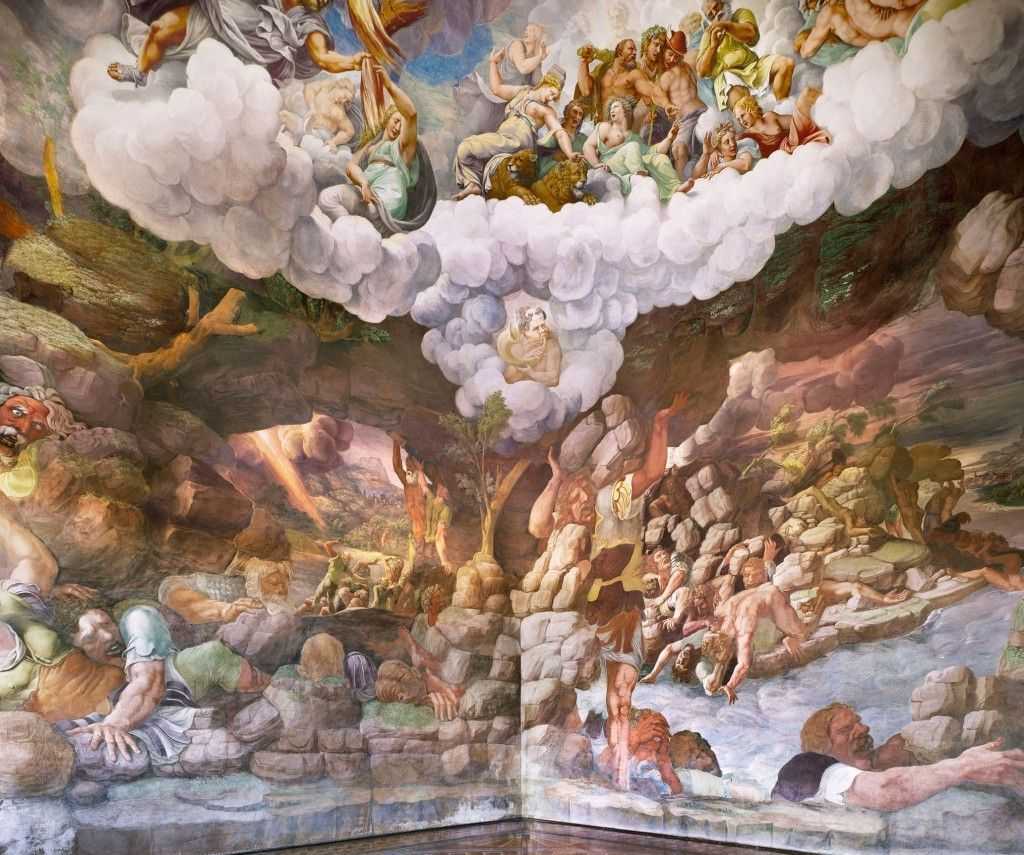
Restaurants in Mantua:

Taverna Cinquecento offers traditional Mantua cuisine. An elegant place popular among italians located outside the tourist area but close to the center. Be sure to book in advance. You I suggest to taste ravioli with pumpkin and Sbrisolona as dessert.
Address: Via Giuseppe Bertani, 78, 46100 Mantua MN
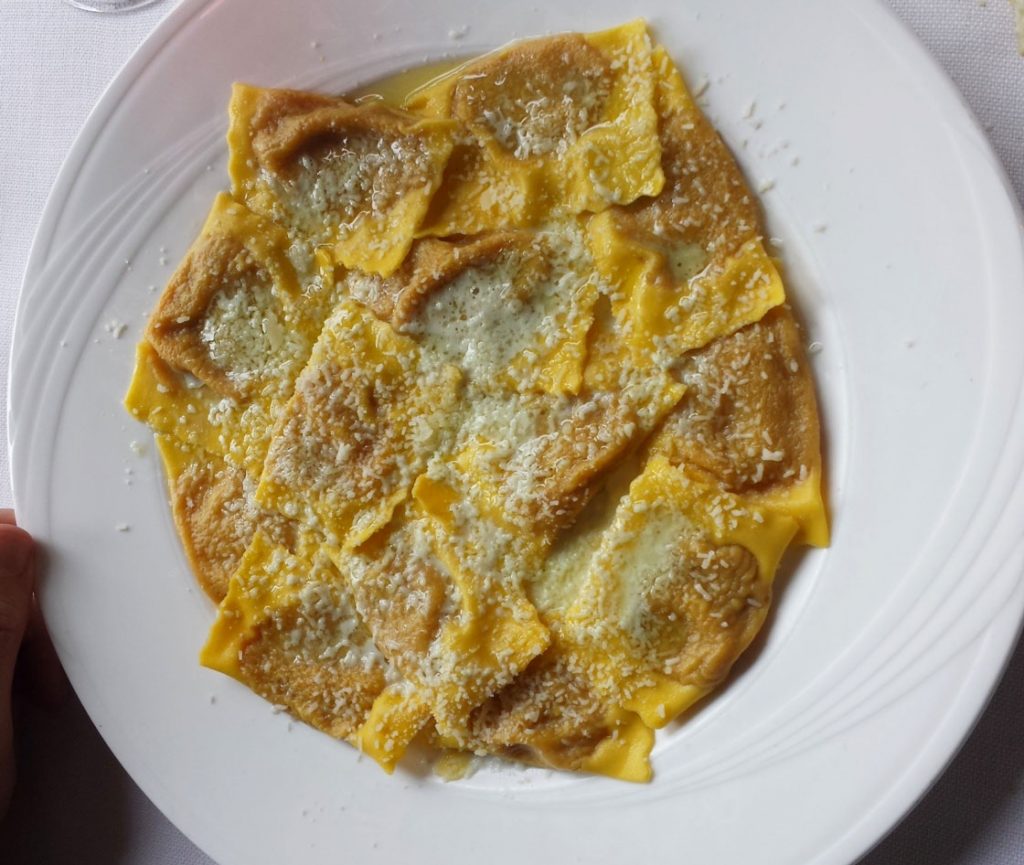
Have a nice trip!






